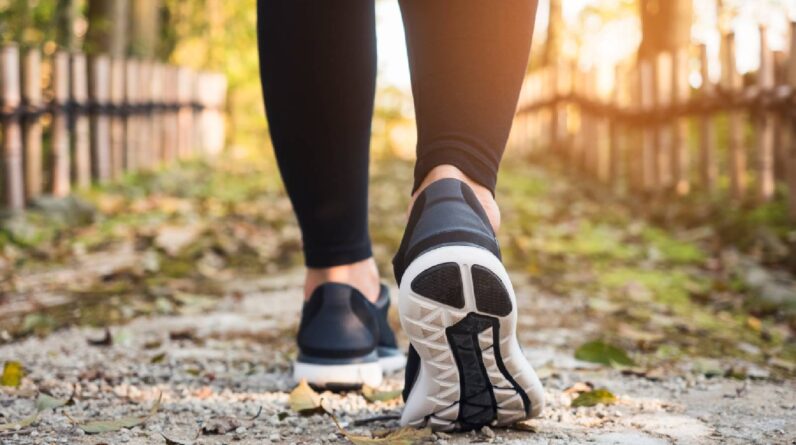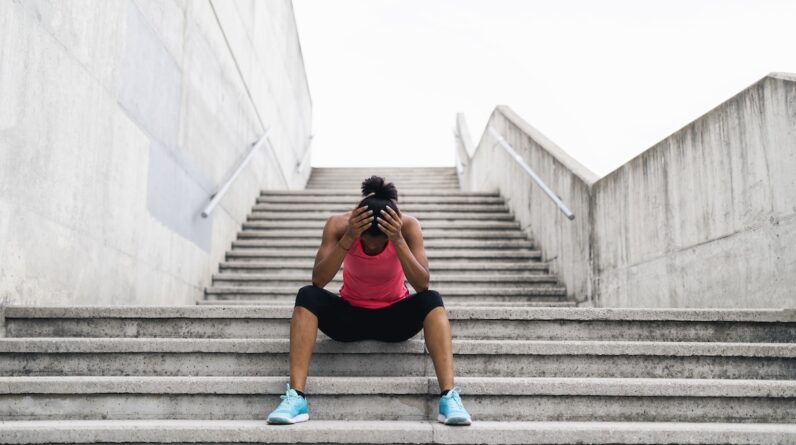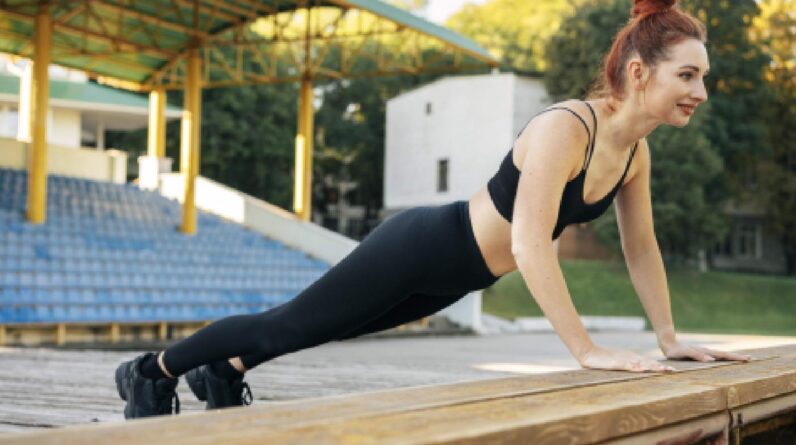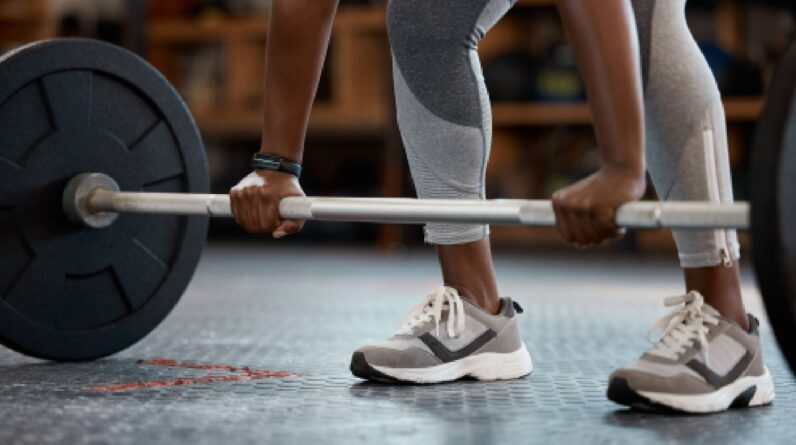
Staff pose helps enhance your body flexibility and improves your posture. Here are the benefits of dandasana and steps to do it properly.
Dandasana is also known as staff pose. The name “Dandasana ” is derived from Sanskrit, and combines the words “Dand,” which means staff or rod, and “asana,” which means seat or posture. This pose is part of the traditional ‘Hatha Yoga’ and is considered the base pose for all the variations. This simple seated pose is often followed after an intense practice session of other yoga poses to help release tension in the hips and leg muscles. It also helps to increase strength and flexibility. It comes with a lot of other health benefits and here’s how you can do the staff pose or dandasana properly.
What are the benefits of dandasana or staff pose?
1. Keeps stress at bay
Yoga has an effective role in reducing stress, anxiety, and depression, according to a study in the International Journal of Preventive Medicine. Incorporating staff pose into your daily routine, may help you manage stress. It may increase awareness, mental clarity, peace of mind, and energy. However, further research is needed to determine whether dandasana can help to manage stress.
Yoga for stress relief: Try this 5-minute yoga flow daily for the ultimate relaxation

2. Improves flexibility and strength
“The main goal of dandasana is to bring the torso perpendicular to the floor. For this, you require strength around the hips to support the back, which will help you get toned muscles around the hips and pelvis. This pose also helps to stretch the hamstrings and backs of the knees. So, if you are looking to increase flexibility and strength, including staff pose can be beneficial,” says Dr Hansaji Jayadeva Yogendra.
3. Helps to control blood pressure
As per a study published in the International Journal of Yoga, the regular practice of yoga can help to control blood pressure (BP) without taking any medication. Thus, including dandasana in your fitness regimen can help to control BP. However, more research is needed to show that staff pose can regulate blood pressure.
Also Read

4. Improves posture
“While staff pose is a symmetrical practice in which the shoulders, hips, arms, and legs are all engaged equally, it is crucial to keep the upper and lower bodies aligned. As a result, it promotes good posture. It also helps to strengthen the back muscles and stretch the shoulder and chest,” says the expert.
5. Helps osteoarthritis patients
Yoga has been demonstrated as the best treatment for osteoarthritis patients and people who are suffering from knee joint pain, found in a study published in the Journal of Education and Health Promotion. Staff pose may be advantageous for osteoarthritis. It may relieve pain, enhance knee mobility, and increase muscular strength. However, more research is needed to determine whether dandasana can assist osteoarthritis.
How to do dandasana or staff pose?
Here is a complete guide on how to do dandasana or staff pose, as explained by the expert.
- Step 1: Sit comfortably on a mat or floor with your legs straight in front of you. Adjust your buttocks so that you sit firmly on your bones.
- Step 2: Engage your thigh muscles and flex your feet. Keep your heels on the mat, bending your knees if needed.
- Step 3: Align your shoulders over your hips and relax your shoulders away from your ears.
- Step 4: Place your hands flat on the floor beside your hips.
- Step 5: Hold the posture for five deep breaths, keep your spine and legs straight.

Are there any side effects of dandasana or staff pose?
While staff pose is usually regarded as safe, it is crucial to avoid overexertion. Mindful execution with proper guidelines is necessary for your safety concerns. But it is also important to listen to your body. The expert recommends consulting an experienced instructor, especially if you have any specific health concerns.







